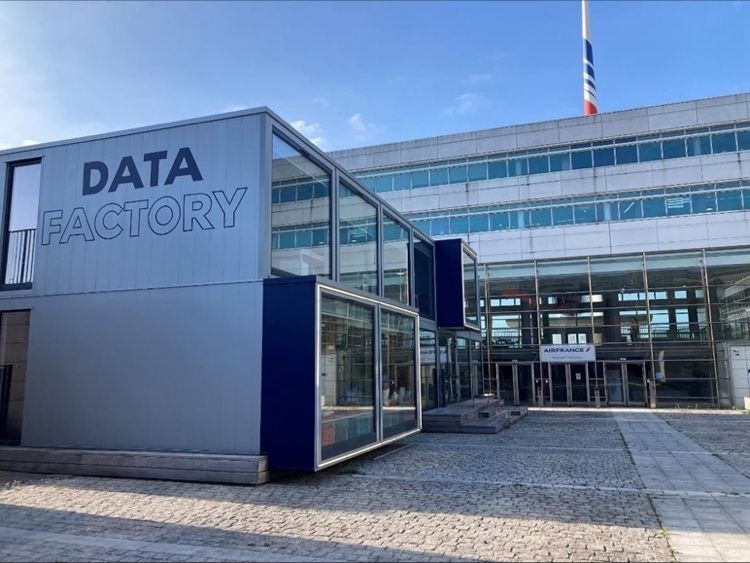As the Summit for Action on Artificial Intelligence opens in Paris, #AirFrance takes stock of its use of AI.
- With 100,000 customers carried every day on board more than 1,000 flights, Air France’s activity generates a considerable volume of data.
- In 1958, the company set up an operational research department to structure innovation and adapt to technological developments.
- Over the decades, data analysis allowed us to better understand customer behaviour and notably roll out revenue management (dynamic pricing based on demand) in the 1990s.
- In the early 2000s, Air France started to use its maintenance business data. With the development of a “predictive maintenance” solution, known as Prognos, which is currently used by over 80 airlines worldwide, Air France entered the era of predictive and prescriptive artificial intelligence.
- Since then, artificial intelligence has occupied a natural place in all the Air France research and innovation programmes, and is currently being used in the different stages of the customer journey. With diverse uses including chatbots, tools for predicting the number of bags and meals on board, calculating the amount of water to take on board or eco-piloting systems for optimizing in-flight trajectories to reduce fuel consumption, AI is used to optimize activity and resources, anticipate needs and make it easier for staff to access information relevant to their job. And all of these uses underpin a central goal – improving the customer experience.
The generative artificial intelligence revolution
- In 2023, Air France began exploring generative AI (made popular by the ChatGPT tool), capable of generating rich content autonomously, marking a real technological breakthrough.
- More than 80 generative AI projects are underway at Air France, at different stages of development – initial project studies and identification of solutions, Proof of Concept (POC) stage testing, and the ultimate stage – deployment and day-to-day use.
- A few examples:
- MY TRIP ASSISTANT, a chatbot integrated into the Air France website, designed to answer all customers’ questions relating to baggage. The chatbot delivers personalized answers based on the customer’s reservation file. My Trip Assistant is currently operational.
- TALIA: Air France’s private ChatGPT tool, allowing company staff to get better acquainted with this tool in a closed circuit, which ensures that data entered into the system is not passed on to third parties. TALIA is used on a daily basis by Air France employees to write e-mails, search for information in PDF documents, draft minutes at meetings, and draw up reverse schedules and to-do lists.
- CHARLIE: a tool for the airline maintenance teams, enabling them to search for aircraft part numbers in the airline and manufacturers’ documentation. This tool saves precious time when repairing or replacing parts, thus contributing to flight punctuality.
- FOX: a tool for analyzing customer feedback, to have a better understanding of their expectations and concerns. Using generative AI, FOX is capable of automatically analyzing customer feedback and translating the gist of diverse and complex texts incorporating humour or irony. This tool can also be used to detect weak signals and share this feedback through the different company entities.
- To implement these various projects, all the data collected by Air France is migrated to secure Cloud solutions, and then accelerated by the setting up of a private Generative AI platform.
A reasonable and controlled use of artificial intelligence, with priority given to data protection
- Air France uses AI in a reasonable and controlled way, so as to protect data, and guarantee ethical standards and regulatory compliance (AI Act). This means keeping the solutions used in a closed circuit.
- An AI Committee has been set up to guarantee the application of best AI practices.



